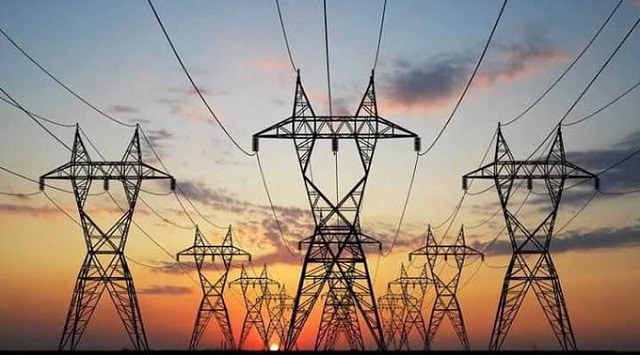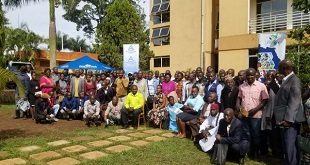
KAMPALA, UGANDA | THE INDEPENDENT | The government is targeting approximately 10 million new electricity connections through both grid and off-grid, to achieve universal access to electricity by 2030.
Speaking at the Power Forum held on October 30, 2024, at Mestil Hotel in Kampala, the Ministry’s Permanent Secretary, Eng. Irene Pauline Bateebe emphasized the need for innovative approaches to meet the nation’s growing electricity demands.
The Power Forum, part of the ongoing Energy and Minerals Week 2024 themed “Energy and Minerals for Sustainable Growth,” provided a platform for stakeholders in the power sector to discuss key issues around power generation, transmission, distribution, and regulation.
“Our electrification rate has improved from 5% in 2001 to 60% today, with 22% connected to the grid and 38% through off-grid solutions. To reach universal access by 2030, we need to add about 10 million new connections,” said Eng. Bateebe. She highlighted the importance of adopting modern renewable energy technologies to harness Uganda’s potential in solar, geothermal, and wind energy.
“Advances in floating solar plants, hybrid energy systems, and waste-to-energy projects can diversify our energy mix while reducing our carbon footprint,” she added.
Currently, access to electricity in Uganda stands at 47.1% of the population, with significant disparities between urban and rural areas—57.2% in urban areas versus 10% in rural regions. To address these gaps, the Ministry has implemented the Electricity Connections Policy (ECP), which aims to connect 300,000 households to the grid annually through 2027.
According to Eng. Abdon Atwine, Commissioner for Rural Electrification, the ECP removes connection fees and lowers inspection costs for consumers, making access more affordable.
In response to past issues of insufficient electricity generation that led to load shedding, the government has prioritized investment in power generation. Since 2005, Uganda’s installed electricity generation capacity has risen from 380 MW to over 2,000 MW, including the recent commissioning of the 600 MW Karuma Hydropower Station.
Dr. Eng. Harrison Mutikanga, CEO of the Uganda Electricity Generation Company Ltd. (UEGCL), noted that the increased generation capacity necessitates the expansion of transmission and distribution networks to reach consumers. “Our transmission network has grown from 1,132 km in 2005 to 4,962 km as of July 2024. The distribution network has also expanded from 40,525 km in 2016 to 76,922 km in 2023,” he said.
Highlighting progress under the National Development Plan (NDP) III, Justine Lumumba Kasule, Minister of General Duties in the Prime Minister’s Office, reported that the government has added 2,165 km of high-voltage transmission lines and 15,000 km of distribution network since 2020.
“We’ve connected 210 new sub-counties, bringing the total to 1,656, with 410 remaining to be connected,” she said. Energy and Minerals Week has been held annually since 2005 to promote sustainable energy use and mineral resources in Uganda.
The 2024 events include an Energy and Minerals Exhibition showcasing technologies and services, an Energy Efficiency and Sustainable Mobility Conference, and the Renewable Energy Conference, which brings together over 2,000 stakeholders, including civil society, private sector representatives, financiers, investors, and academics.
*****
URN
 The Independent Uganda: You get the Truth we Pay the Price
The Independent Uganda: You get the Truth we Pay the Price



